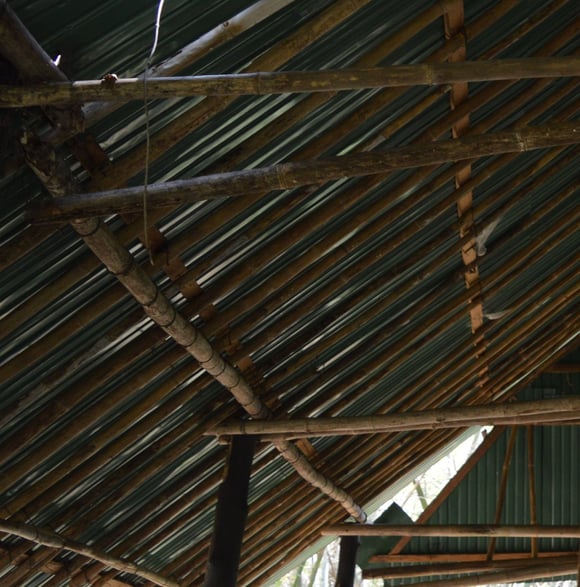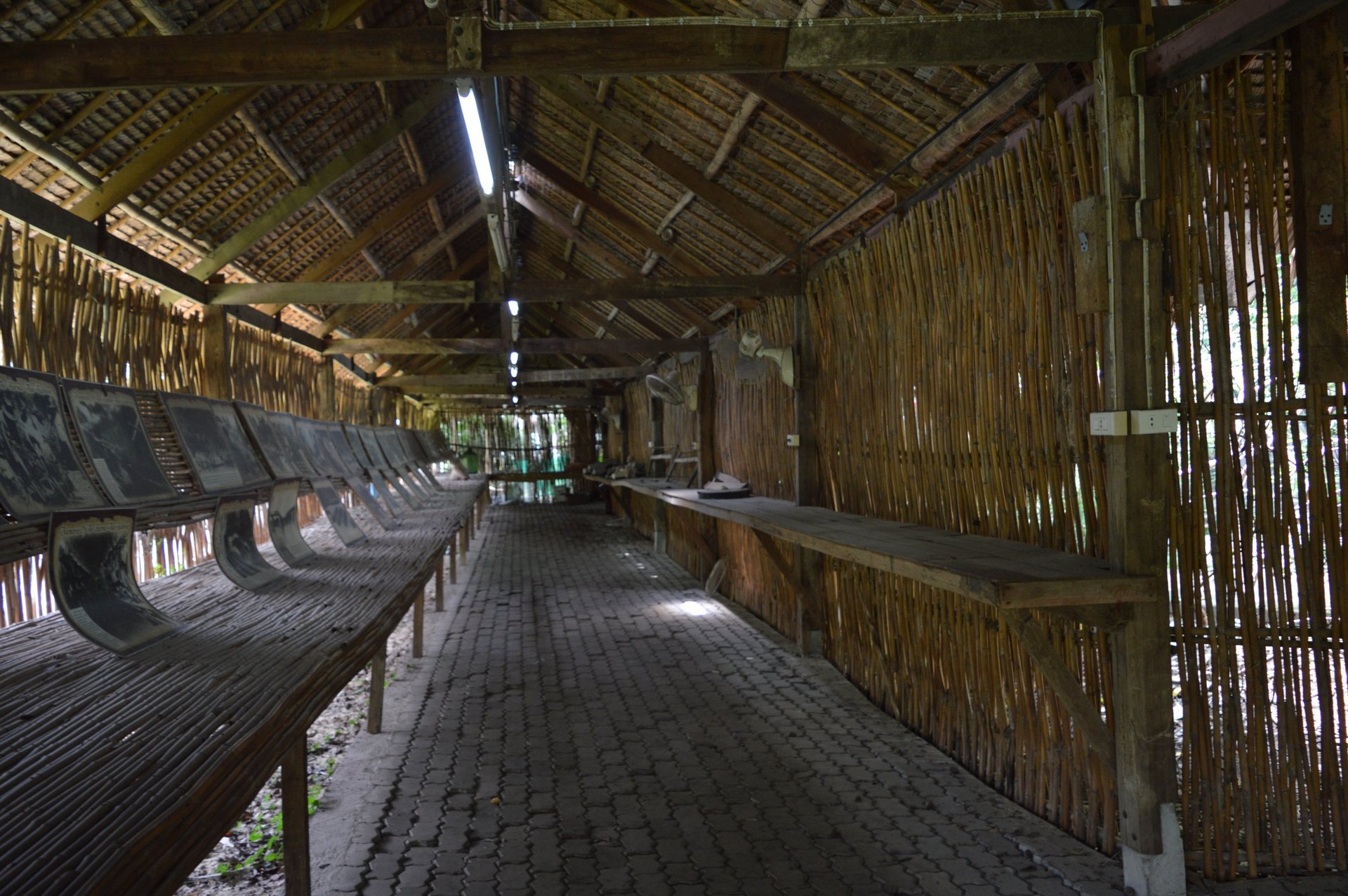
You didn’t come this far to stop
Replica POW Sleeping Hut
Episode 36: Building 5 - Replica POW Sleeping Hut
In this episode, we focus on the transformation of Building 5 at the Weary Dunlop Memorial Park. Originally known as the "Teachers Thank You Shed," this structure has fallen into complete disrepair and is no longer suitable for its intended purpose. However, we see this as an opportunity to create a powerful and immersive display that honors the resilience and ingenuity of the POWs who suffered during the construction of the Thai-Burma Railway.
IN THEIR FOOTSTEPS BLOGWEARY DUNLOP MEMORIAL PARK
Toursofwar.com
3/24/20243 min read
Recreating a POW Sleeping Hut
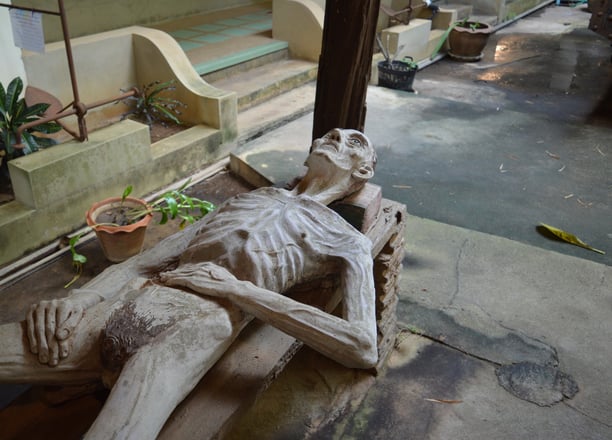

Our plan is to convert Building 5 into a replica of a POW sleeping hut, complete with life-sized dummies crammed into the space. This will give visitors a visceral sense of the harsh living conditions endured by the prisoners, who were forced to sleep in cramped, unsanitary quarters with little to no privacy or comfort
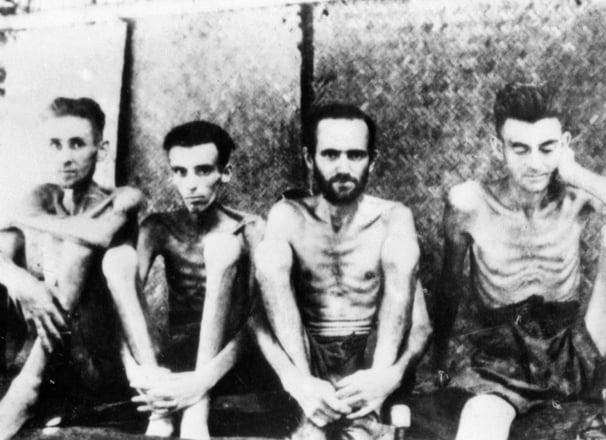

Showcasing POW Inventions
One of the most fascinating aspects of our new display will be the inclusion of replicas of the ingenious inventions created by the POWs during their captivity. We will research and recreate items such as the radios hidden in broom handles and tables, as well as the stills used to produce alcohol. These inventions not only provided entertainment and comfort to the prisoners but also served as a testament to their resourcefulness and determination to maintain their humanity in the face of unimaginable hardship.
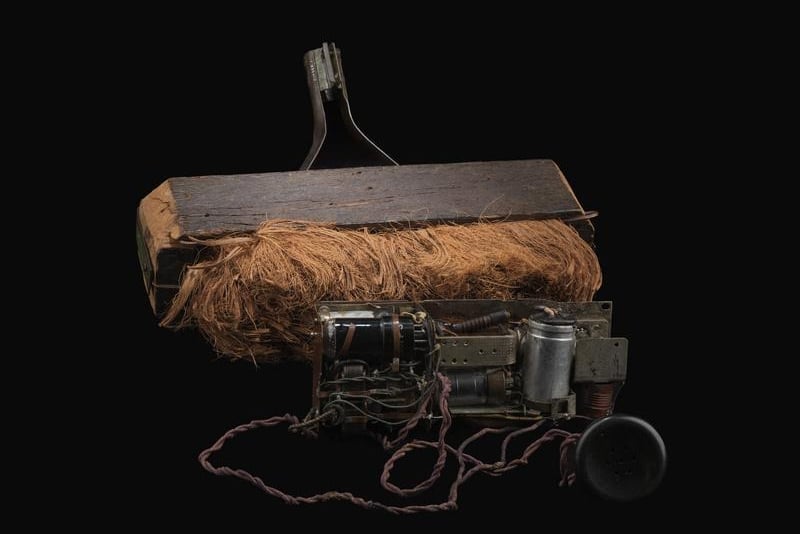

Examples of POW Ingenuity
Innovative Tools: POWs used their resourcefulness to create innovative tools from available materials. For example, they might use a piece of bamboo to create a makeshift hammer or a tin can to create a makeshift cup.
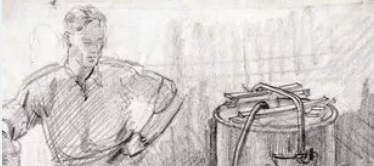

Radio in a Broom Handle: POWs created radios by hiding components such as transistors, wires, and batteries inside broom handles. These radios allowed them to listen to news and music from the outside world, providing a sense of connection to home and a distraction from their difficult circumstances.
Still for Alcohol: POWs created stills to produce alcohol from fermented fruit and other materials. This was a way for them to create a sense of normalcy and to cope with the harsh conditions of their captivity.
Artwork: POWs also created artwork, such as paintings and drawings, to express their emotions and to maintain their mental well-being. These artworks often depicted scenes of everyday life, landscapes, and portraits of fellow prisoners.
During World War II, POWs in Thailand and other parts of Southeast Asia created a variety of inventive items to cope with their harsh living conditions and to maintain their morale. Some examples include:
Music and Entertainment: POWs created music and entertainment to lift their spirits and to maintain their morale. They might sing songs, play musical instruments, or create puppet shows using available materials.
RASIGs Collaboration for Radio Replica
Being an ex-RASIGs member, I plan to put this project out to our Signal Corps community and see if an enthusiast can help us build a replica of the radio hidden in a broom handle. This collaboration will add a unique and authentic element to our display. Watch this space for updates on this exciting initiative!


Royal Australian Signal Corp
Immersive Experience
Building 5 may have been in a state of disrepair, but we see its transformation as an opportunity to create a powerful and meaningful display that honors the memory of the POWs who suffered along the Thai-Burma Railway. By recreating a sleeping hut and showcasing the ingenuity of the prisoners, we hope to educate and inspire visitors, ensuring that the legacy of the POWs lives on for generations to come.
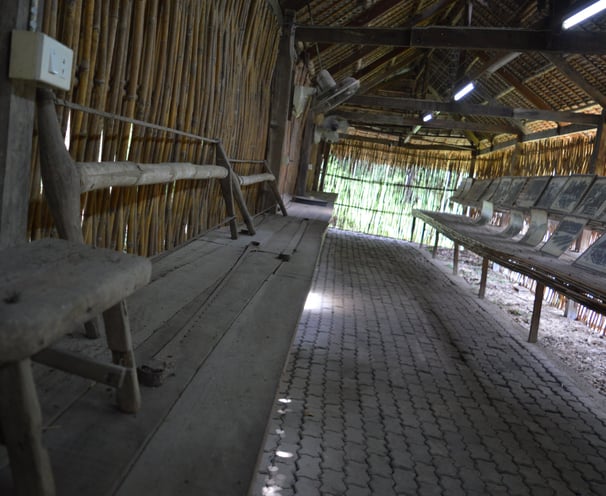

Conclusion
Building 5 may have been in a state of disrepair, but we see its transformation as an opportunity to create a powerful and meaningful display that honors the memory of the POWs who suffered along the Thai-Burma Railway. By recreating a sleeping hut and showcasing the ingenuity of the prisoners, we hope to educate and inspire visitors, ensuring that the legacy of the POWs lives on for generations to come.
Support Us
We need your help to make this project a reality. Visit our website to donate and learn more about how you can get involved. Your support will help us honor the memory of the POWs and ensure their stories are never forgotten. Together, we can transform Building 5 into a poignant tribute to the resilience and sacrifice of the POWs.
Thank you for your support!
